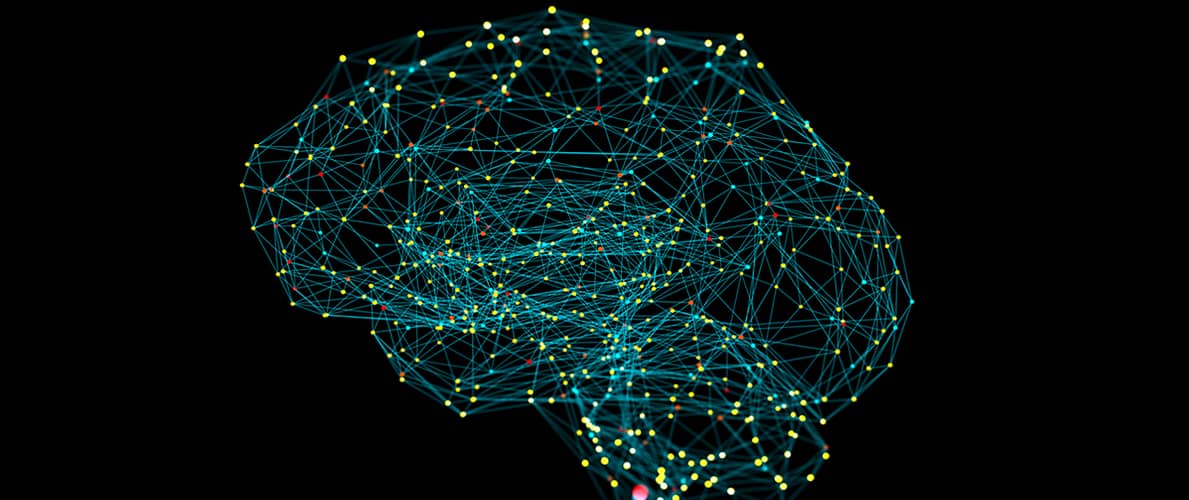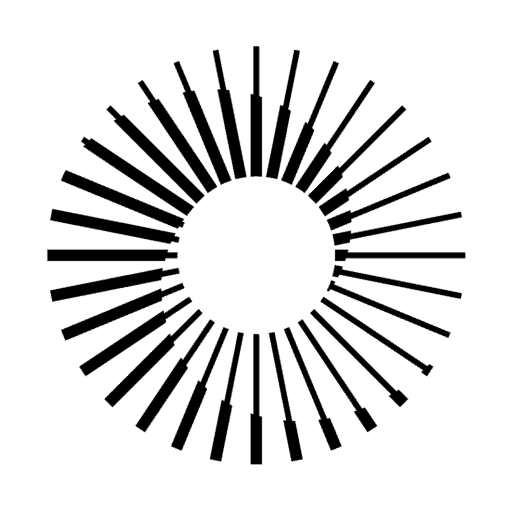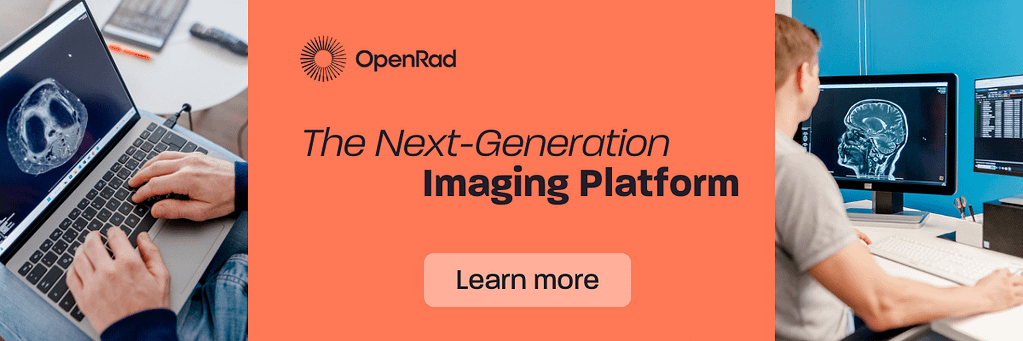Neural Network Image Processing has significantly revolutionised the field of radiology, enhancing the accuracy, speed, and efficiency of medical image analysis. Let’s explore Neural Network Image Processing in more detail.
📖 Author: Emmanuel Anyanwu | Alberta Health Services, Canada
Neural Network Image Processing refers to the application of artificial neural networks, specifically designed for understanding and processing images. These networks, inspired by the human brain’s structure, learn intricate patterns and features from vast datasets of images.
By leveraging layers of interconnected neurons, neural networks excel in tasks such as image recognition, object detection, segmentation, and even image generation.
Neural Network Image Processing represents a cutting-edge approach in the realm of computer vision, where the power of artificial intelligence meets the complexity of visual data.
In traditional image processing, understanding the content of an image was a challenging task—requiring intricate algorithms and manual feature extraction.
However, with the advent of neural networks, especially Convolutional Neural Networks (CNNs), the landscape of image analysis has been revolutionised.
Neural network image processing in radiology
In radiology, the use of neural networks involves training complex algorithms on vast datasets of medical images, such as X-rays, CT scans, and MRIs. These networks learn intricate patterns, subtle anomalies, and detailed features within the images.
This learning process allows them to recognise various conditions, diseases, and abnormalities that might not be immediately apparent to the human eye.
Neural Network Image Processing has significantly revolutionised the field of radiology—enhancing the accuracy, speed, and efficiency of medical image analysis.
With the application of sophisticated artificial intelligence techniques, specifically neural networks, radiologists can now extract profound insights from medical images—leading to improved diagnostics and patient care.
Key aspects of neural network image processing
- Architecture: Neural networks used in image processing typically consist of layers of interconnected nodes (neurons). Convolutional Neural Networks (CNNs) are specially designed for image-related tasks, utilising convolutional layers to scan and learn image features.
- Training: Neural networks are trained using labelled image datasets. Through a process called backpropagation, the network learns to recognise features and patterns within images—adjusting its parameters iteratively to minimise prediction errors.
- Deep learning: Neural networks used in image processing often involve deep learning techniques, which utilise deep architectures (many hidden layers). Deep learning models can learn intricate and abstract features, making them highly effective for image-related tasks.
Use of Convolutional Neural Networks in radiology
- Automated diagnostics: Neural networks can automatically detect and classify abnormalities in radiological images. Whether it’s identifying tumours, bone fractures, or other medical conditions, these networks excel in automating the diagnostic process.
- Image enhancement: Neural networks are used to enhance the quality of medical images. They can remove noise, sharpen details, and improve overall image clarity—aiding radiologists in making more accurate diagnoses.
- Speed & efficiency: By automating the analysis process, neural network image processing significantly reduces the time required for diagnosis. Rapid analysis of images means quicker results, enabling healthcare providers to initiate treatment plans promptly.
- Precision medicine: Neural networks analyse vast datasets, helping identify specific biomarkers and genetic factors associated with diseases. This knowledge contributes to the advancement of precision medicine, where treatments are tailored to an individual’s genetic makeup and medical history.
- Early detection: Neural networks can identify subtle signs of diseases at their early stages, facilitating early detection and intervention. This early diagnosis often leads to more successful treatment outcomes and improved patient prognosis.
- Integration with imaging devices: Neural networks can be integrated directly into medical imaging devices, providing real-time analysis of images. This integration allows for immediate feedback to healthcare professionals, ensuring that critical conditions are addressed promptly.
Applications in radiology
- Cancer detection: Neural Network Image Processing is used to detect and characterise cancerous growths in various organs, assisting radiologists in identifying tumours and their stages.
- Neuroimaging: In the field of neurology, neural networks analyse brain images—aiding in the diagnosis of conditions like strokes, brain tumours, and neurodegenerative diseases.
- Orthopaedic imaging: Neural Network Image Processing can identify fractures, joint issues, and musculoskeletal disorders in X-rays and other orthopaedic images.
- Cardiovascular imaging: Here the networks assist in the analysis of cardiac images, detecting heart conditions and vascular abnormalities.
- Pulmonary imaging: Neural Network Image Processing aids in diagnosing respiratory conditions by analysing chest X-rays and CT scans and identifying issues like pneumonia or lung cancer.
In conclusion, Neural Network Image Processing represents the intersection of artificial intelligence and visual data, transforming how we analyse and interpret images.
Its applications are vast and diverse, impacting fields ranging from healthcare to entertainment, and it continues to drive innovations that redefine our interaction with the visual world.
However, in the world of radiology, it represents a groundbreaking advancement, offering a new level of accuracy and efficiency in diagnosing diseases and conditions from medical images.
By leveraging the power of artificial intelligence, radiologists can provide more precise diagnoses, leading to improved patient outcomes and ultimately transforming the landscape of healthcare.
—
What is your experience with Neural Network Image Processing? Share it via the comment section below.
Want to join a great team? Check out our careers section. We are always looking for outstanding talent—from application specialist to software developers.
📷 Photo credits: daniela-mueller.com


